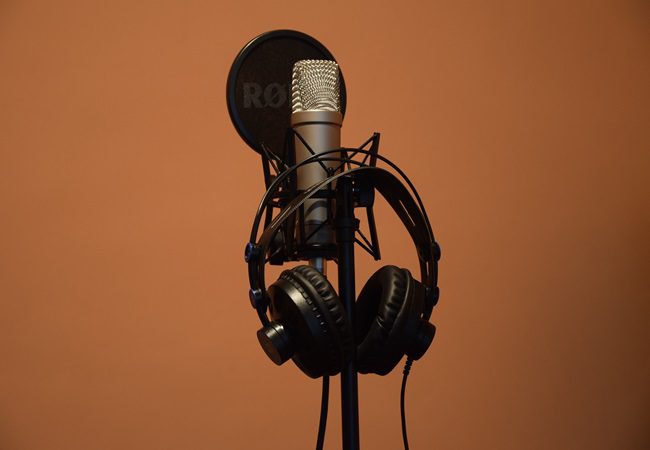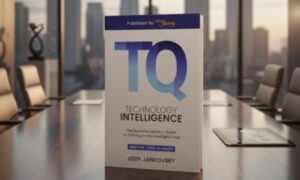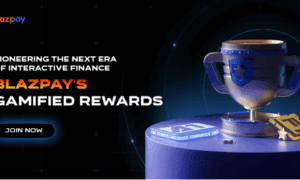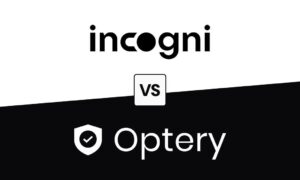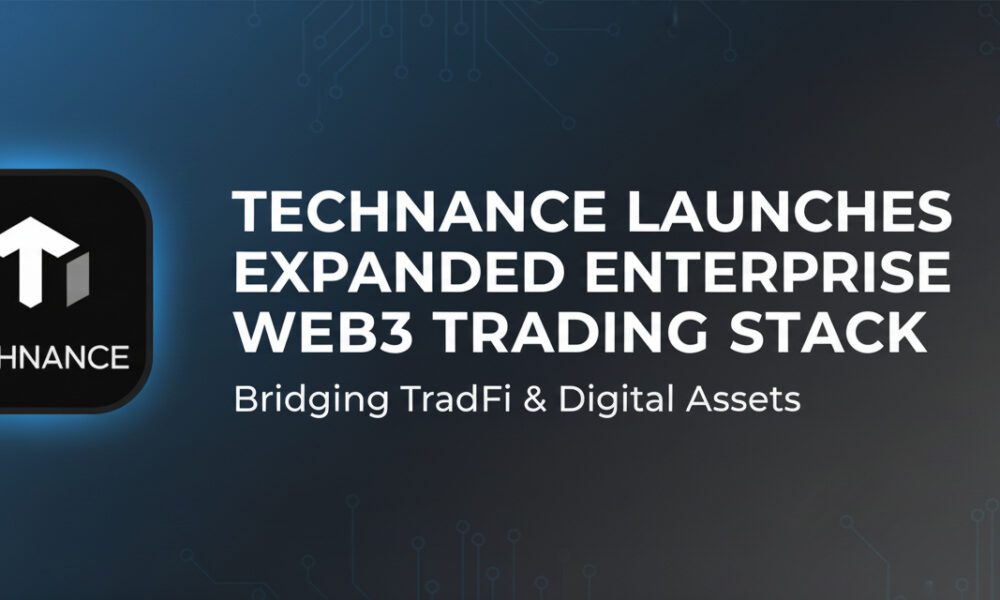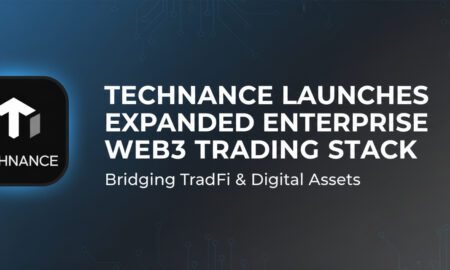Introduction:
In the realm of music, a technological revolution is underway, reshaping the way musicians practice, perform, and connect with their instruments. Smart instruments, coupled with the power of the Internet of Things (IoT), are at the forefront of this transformation, offering musicians unprecedented opportunities for innovation and creativity. In this article, we’ll delve into the fascinating world of smart instruments and explore how the integration of IoT is redefining the landscape of music practice and performance.
The Evolution of Smart Instruments:
Traditionally, musical instruments have been crafted with precision and artistry, each one representing a unique blend of materials and craftsmanship. However, the integration of smart technology has ushered in a new era, where instruments are not only sources of sound but also intelligent devices that can enhance the musician’s experience.
Smart instruments, equipped with sensors and connectivity features, have the ability to capture and transmit a wealth of data in real-time. This data includes details about the musician’s playing style, technique, and even the instrument’s environmental conditions. This influx of information opens up a world of possibilities for personalized learning and performance optimization.
Connected Learning with Smart Instruments:
One of the significant advantages of smart instruments lies in their ability to facilitate connected learning experiences. With the aid of IoT, musicians can access a treasure trove of online resources, tutorials, and collaborative platforms directly from their instruments. This connectivity fosters a global community of learners, enabling them to share insights, techniques, and collaborate on projects regardless of geographical barriers.
Moreover, smart instruments can analyze the user’s playing patterns and offer real-time feedback. Imagine a scenario where a novice violinist receives instant guidance on intonation or bowing technique, all through the embedded intelligence in the instrument. This not only accelerates the learning process but also ensures that musicians receive tailored guidance that aligns with their unique strengths and challenges.
Enhancing Performance with IoT Integration:
Smart instruments go beyond the realm of practice; they are transforming the landscape of live performances as well. IoT integration allows musicians to harness the power of data analytics to optimize their on-stage presence. For instance, sensors embedded in a guitar can transmit information about string tension, temperature, and humidity, ensuring that the instrument is always in its optimal condition.
Additionally, during live performances, smart instruments can connect with other devices and systems in the venue. This connectivity enables seamless integration with lighting, sound systems, and even audience interaction. Imagine a concert where the rhythm of the music triggers a synchronized light show or where the audience’s reactions influence the musical arrangement in real-time. The possibilities for immersive and interactive performances are endless with the marriage of smart instruments and IoT.
Innovations in Instrument Design:
The advent of smart instruments has also spurred innovations in traditional instrument design. Manufacturers are now incorporating sensors, actuators, and connectivity features directly into the fabrication process. This not only enhances the instrument’s capabilities but also opens up avenues for creative expression.
For instance, a smart piano might have sensors that respond to the pianist’s touch, adjusting the volume and tonal qualities based on the dynamics of their playing. Smart wind instruments can incorporate breath sensors, providing a nuanced and expressive range of sounds. These innovations not only cater to seasoned musicians looking to push the boundaries of their art but also make music more accessible to individuals with varying levels of expertise.
Challenges and Considerations:
While the integration of smart instruments and IoT presents exciting possibilities, it also comes with its set of challenges. Privacy and data security are paramount concerns, especially considering the sensitive nature of the information these instruments collect. Manufacturers and developers must prioritize robust encryption and transparent data usage policies to ensure musicians feel secure in embracing this technology.
Furthermore, there is a learning curve associated with adopting smart instruments. Musicians, educators, and audiences need to familiarize themselves with the new features and capabilities these instruments bring. Training programs and resources should be made readily available to bridge this knowledge gap and ensure a smooth transition to the era of smart music-making.
The Future of Music:
A Symphony of Connectivity and Creativity:
As we gaze into the future, it’s evident that smart instruments and the Internet of Things are poised to play a pivotal role in shaping the landscape of music. The synergy between traditional craftsmanship and cutting-edge technology is giving rise to a new era of musical expression, where connectivity and creativity coalesce to redefine the boundaries of what is possible.
Conclusion:
Smart instruments and the Internet of Things are not merely changing the way we play and experience music; they are ushering in a musical renaissance. This fusion of technology and artistry is empowering musicians to reach new heights of expression, pushing the boundaries of what we thought possible in the world of music practice and performance. As we navigate this evolving symphony of connectivity and creativity, one thing is certain: the future of music is smart, dynamic, and full of endless possibilities.

